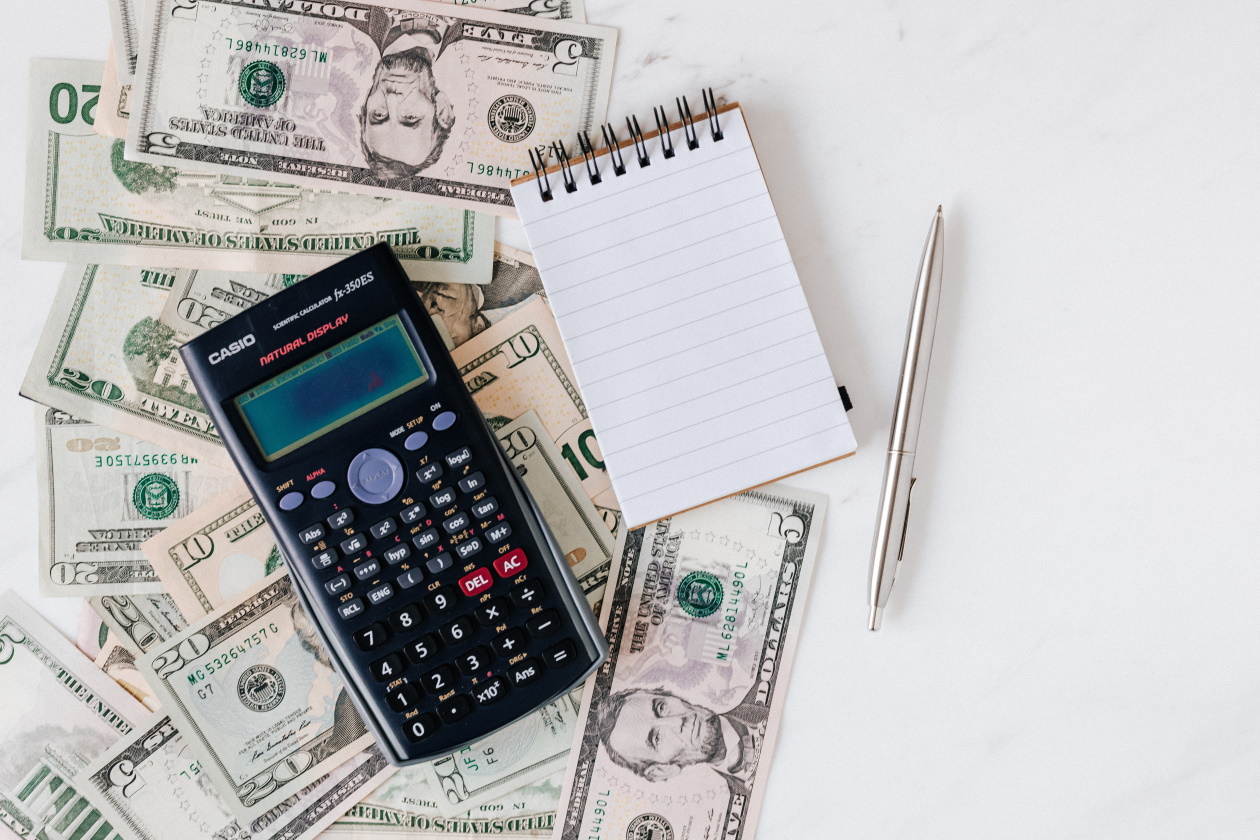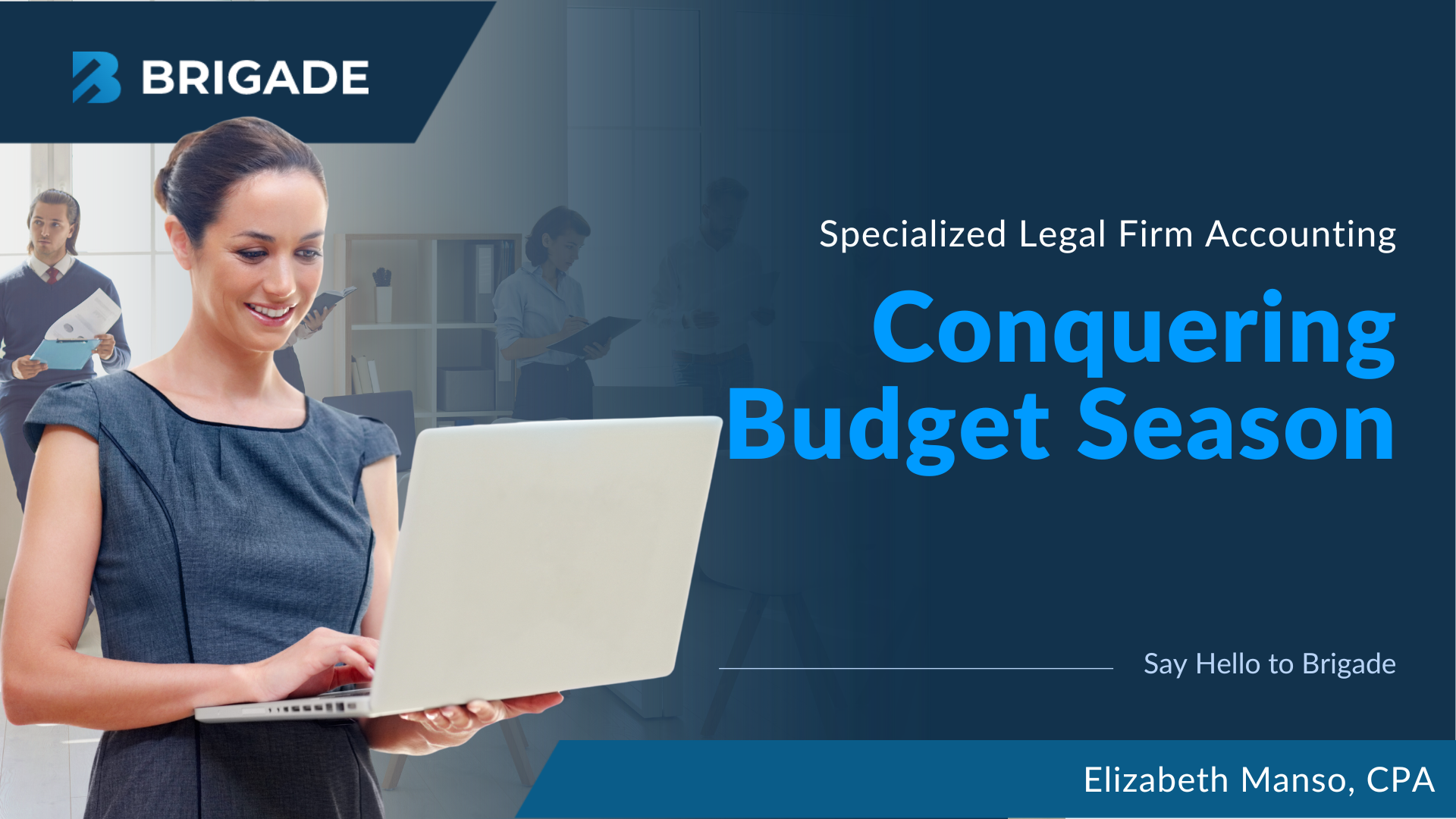
Whenever I’ve discussed the Paycheck Protection Program (PPP) Loans, I’ve also included a caveat: This is all subject to change. Sure enough, there’s more uncertainty at this moment about loan forgiveness and what expenses, if any, will be deductible on tax returns. Since we don’t have answers right now, I recommend you not rush to apply for forgiveness just yet. Here are some more details.
What is PPP Loan Forgiveness?
As you may recall, The CARES Act created the PPP, and it offered small businesses forgivable loans to keep their doors open if they had been shut down due to the COVID-19 pandemic. To be eligible for the forgiveness program, at least 60% of the proceeds from the loan must cover payroll costs. But if you fall short of the 60% threshold, partial forgiveness was a potential option. As of August 8, more than 5 million businesses received funding.
Why Should You Consider Waiting to Apply for Loan Forgiveness?
Banks need to ensure that their borrower clients are taking the necessary steps to receive forgiveness. To that end, the SBA recently opened the window to apply for forgiveness. However, I strongly caution against sending in your application just yet. That’s because the application is complex, and financial professionals have expressed concern that legislation could soon change the rules, again.
Among the legislative toss-ups: Will Congress address the issue of whether expenses covered by these forgivable loans are deductible on tax returns? Whether or not a business can deduct those expenses is a very serious issue for many, as a business owner’s taxable income might seem higher on paper if they can’t deduct the costs covered by the loan.
Additionally, it is expected that Congress will simplify the forgiveness process for loans up to $150,000 where full-time staff and their compensation has not been significantly reduced. The documentation required for these borrowers will likely be just a one or two-page affidavit which attests to compliance with the PPP rules.
Reminder: The Forgiveness Application is Complex
Currently, banks must review and approve an 11-page forgiveness application that borrowers completed. They must provide proof that 60% of their loan was spent on payroll and 40% was spent on overhead expenses like rent, utilities, and mortgage interest payments. Borrowers must account for cash compensation, non-cash compensation, and compensation to business owners. There’s a real chance for errors, missing information, and the tabulation checks becoming burdensome for banks. Once banks receive the applications, they have 60 days to review them and decide whether to send them to the SBA for final approval.
Bottom Line: Wait to Apply, But Get the Paperwork in Order Now
It seems that the safest thing to do now is to wait to apply for forgiveness, particularly if you need certainty on the deductible expenses question. Let’s see how lawmakers proceed first.
However, do not wait to get your forgiveness paperwork in order. As noted, it’s complex, very prone to error, but critical to get right so you won’t get stuck in limbo.
Stay tuned. If Congress makes changes to the program and finally does answer the question about deductible expenses, I’ll be detailing it my blog.
Additional Sources
PPP loan forgiveness starts this week. Why some businesses aren’t rushing to apply.
Uncertainty has banks holding off on PPP forgiveness process.

